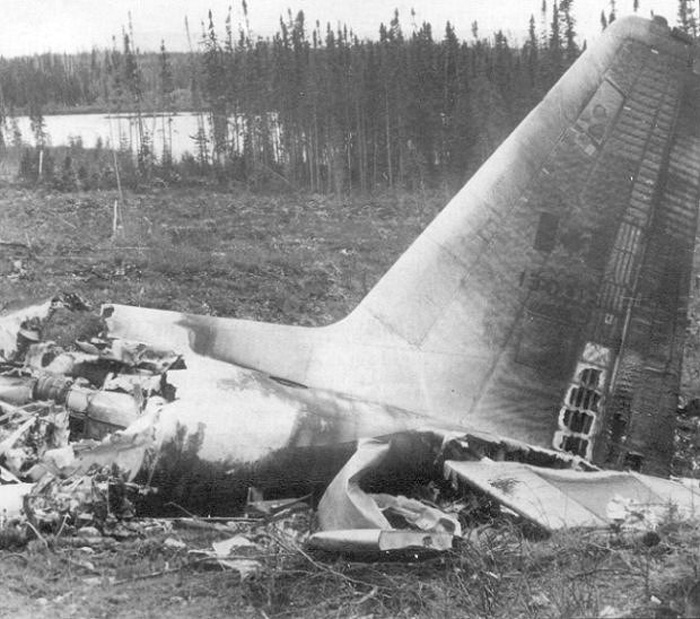Crash of a Beechcraft 350 Super King Air in Thunder Bay
Date & Time:
Jan 31, 2022 at 1222 LT
Registration:
C-GEAS
Survivors:
Yes
Schedule:
Trenton - Thunder Bay
MSN:
FL-17
YOM:
1990
Crew on board:
3
Crew fatalities:
Pax on board:
0
Pax fatalities:
Other fatalities:
Total fatalities:
0
Circumstances:
Following an uneventful flight from RCAF Trenton on behalf of the RCAF, the twin engine aircraft apparently landed hard at Thunder Bay Airport. After touchdown on runway 25, it went out of control and veered off runway into a snow covered area. All three crew members evacuated safely while the aircraft suffered severe damages to wings and tail. The fuselage also broke in two.









